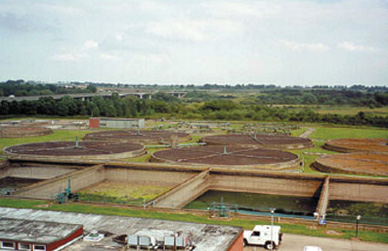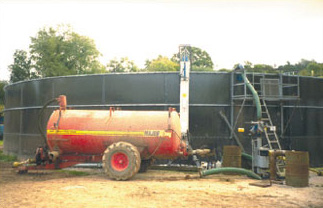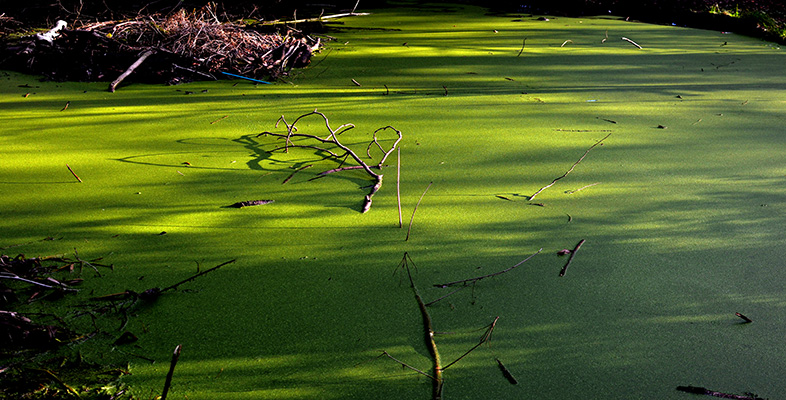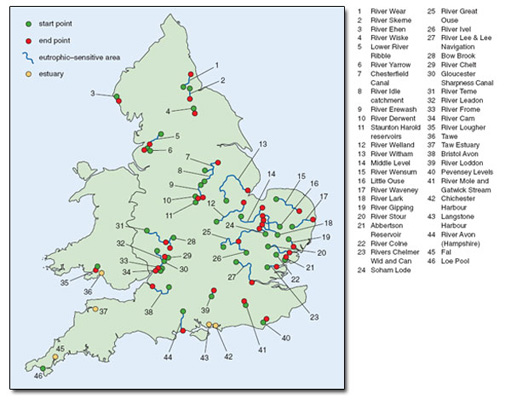4 Managing eutrophication
Introduction
The degree to which eutrophication is considered a problem depends on the place and people concerned. A small lake in South-East Asia, heavily fertilized by village sewage, can provide valuable protein from fish. In other parts of the world, a similar level of nutrients would be regarded as damaging, making water undrinkable and unable to support characteristic wildlife. In Europe, nitrates in drinking water are regarded as a potentially serious threat to health. Eutrophication has also damaged important fisheries and caused significant loss of biodiversity. Worldwide, efforts to reduce the causes and symptoms of eutrophication cost huge sums of money.
There is no single piece of existing legislation dealing comprehensively with the problem of eutrophication in the UK. However, one aim of the European Community’s Urban Wastewater Treatment Directive (EC UWWTD) is to protect the environment from the adverse effects of sewage. This should help to reduce the problem of eutrophication in coastal waters where large discharges contribute significant nutrient loads. In the UK, 62 rivers and canals (totalling 2500 km), 13 lakes and reservoirs and five estuaries have been designated as sensitive areas (eutrophic) under this directive, and there are requirements for reducing nutrient loads from sewage treatment works in these areas (Figure 4.1).
Under the EC UWWTD, areas designated as ‘eutrophic sensitive’ must have phosphorus-stripping equipment installed at sewage treatment works (STWs, Figure 4.2) that serve populations of 10 000 or more. However, the majority of nature conservation sites classified as sensitive are affected by smaller, rural STWs for which such equipment is not yet required. Phosphorus stripping involves the use of chemicals such as aluminium sulfate, which react with dissolved phosphates, causing them to precipitate out of solution.

Another piece of European legislation that has some bearing on problems of nutrient enrichment is the EC Nitrates Directive. This is intended to reduce nitrate loadings to agricultural land, particularly in areas where drinking water supplies have high dissolved nitrate levels. The directive requires member states to monitor nitrate levels in water, set up ‘nitrate vulnerable zones’ (NVZ), and produce and promote a ‘code of good agricultural practice’ throughout the countryside. This should include measures to control the storage, handling and disposal of slurry, for example (Figure 4.3). However, the legislation designed to curb nutrient inputs from agricultural sources is primarily directed towards reducing nitrate levels in drinking water rather than protecting nature conservation sites. The EC Nitrates Directive defines eutrophication only in terms of nitrogen compounds, and therefore does nothing to help protect the majority of aquatic sites where many eutrophication problems are attributable to phosphorus loading.

The Declaration of the Third North Sea Conference in 1990 specified that nutrient inputs entering areas of the marine environment that are, or are likely to become, eutrophic, must be reduced to 50% of their 1985 levels by 1995. The Fifth Conference in 2002 went further, aiming to eliminate eutrophication and create a healthy marine environment by 2010. Fine words.
The UK Environment Agency has developed a eutrophication strategy that promotes a coordinated framework for action, and a partnership approach at both national and local levels. The management of eutrophication requires targets and objectives to be agreed for different water bodies. Analysis of preserved plant and animal remains in sediments can be used to estimate the levels of nutrients that occurred in the past, when the water bodies concerned were less affected by eutrophication. These reference conditions can then be used to determine which waters are most at risk, or have already been damaged by eutrophication, and to prioritize sites for restorative action. The ability to measure and monitor levels of eutrophication has therefore become increasingly important.

